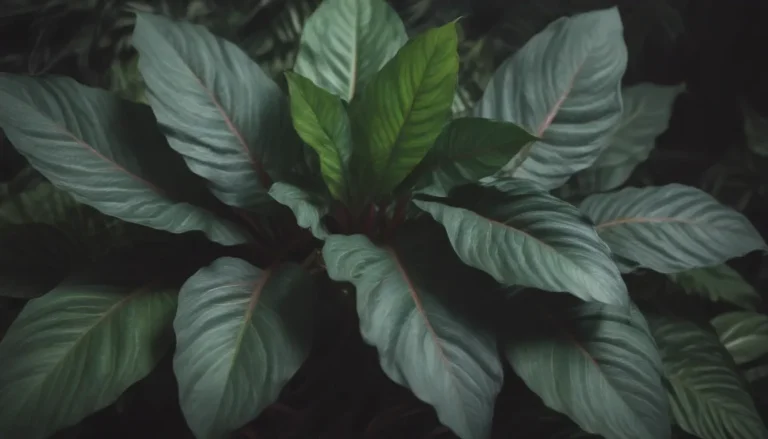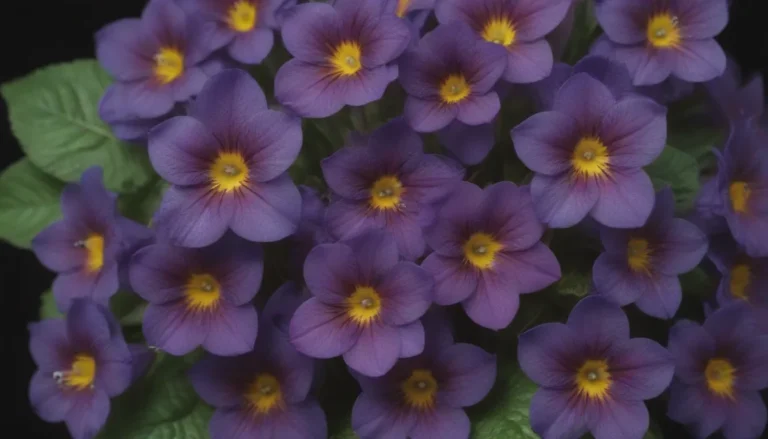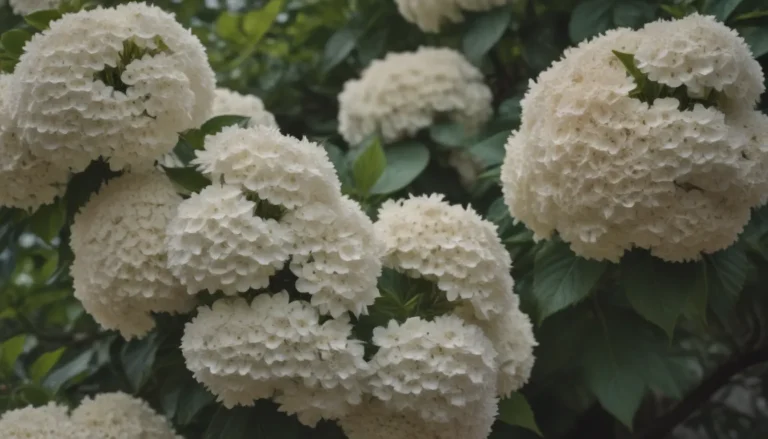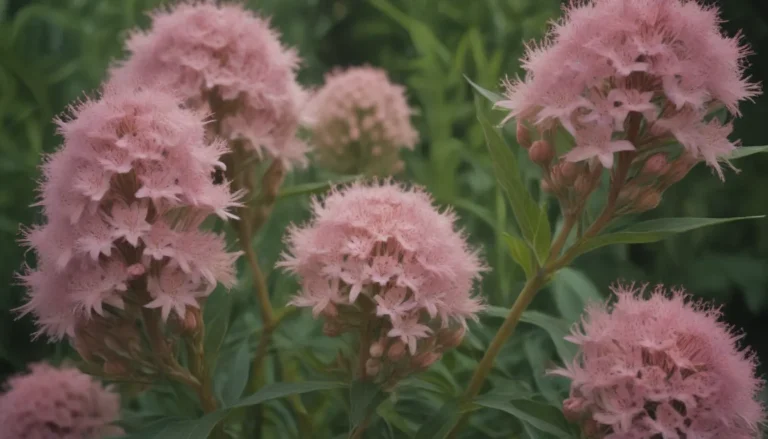Podocarpus Trees: A Comprehensive Guide to Growing and Caring for These Unique Plants
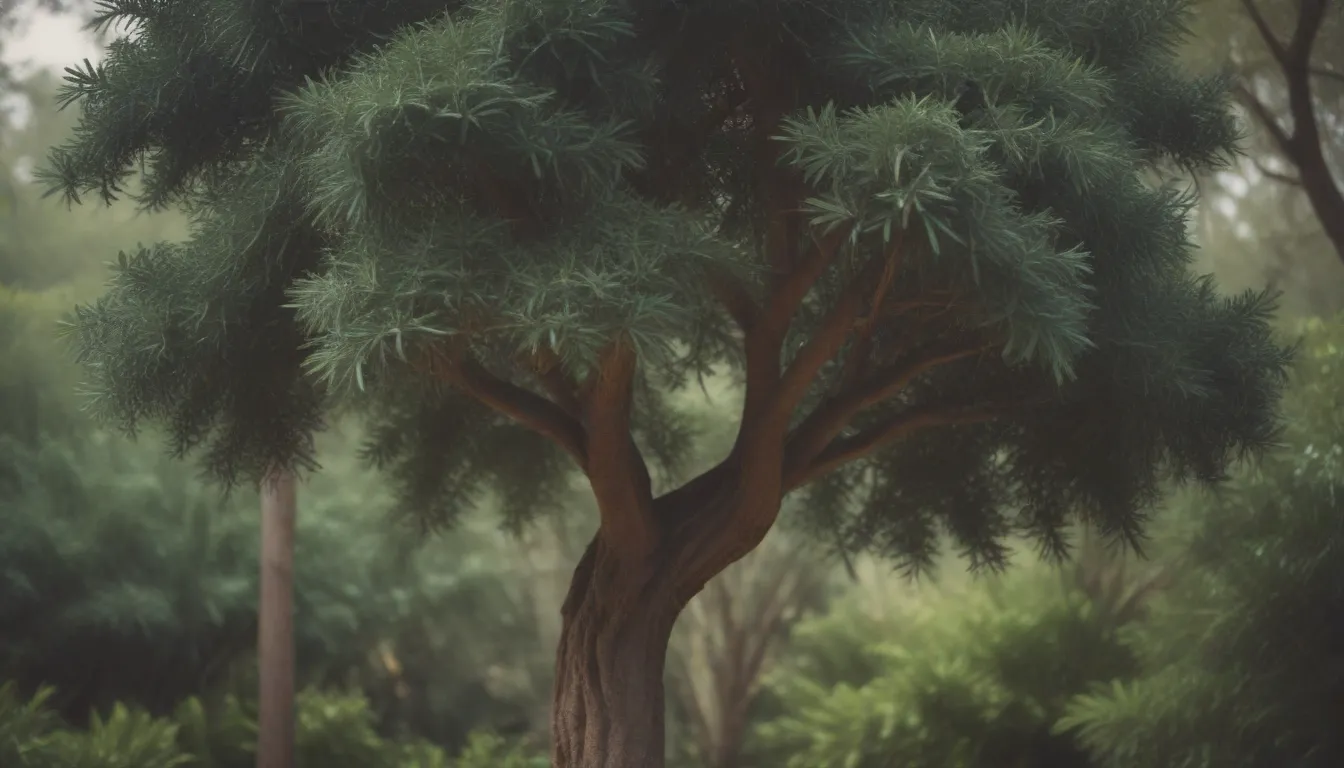
If you’re looking for a versatile and low-maintenance tree to add to your garden, consider the Podocarpus. Despite being commonly referred to as yews, Podocarpus trees belong to a different plant family altogether. With over 100 species in the genus, Podocarpus trees come in a wide range of sizes and shapes, making them a popular choice for many gardeners.
Understanding Podocarpus Trees
Podocarpus trees are unique conifers that produce fleshy seed cones with two to five scales that swell and become berry-like, attracting various birds. While some species are dioecious, meaning they have separate male and female plants, others are not. These trees are known for their versatility, serving as excellent windbreaks, privacy screens, and hedges. Additionally, Podocarpus trees are salt- and drought-tolerant, making them ideal for a variety of landscapes.
Podocarpus Tree Care Tips
Taking care of Podocarpus trees is relatively straightforward, but there are a few key factors to keep in mind to ensure they thrive in your garden.
Light
Podocarpus trees are not picky about sunlight and can grow well in both sun and shade. However, providing them with more sunshine will promote optimal growth.
Soil
These trees prefer moist, well-draining, sandy soils but can tolerate a wide range of soil types with a pH between 4.5 and 7.5. Avoid planting them in heavy, soggy soils.
Water
During the first year of growth, Podocarpus trees require consistent watering. Keep the soil moist but not waterlogged by watering deeply and infrequently. Once established, these trees are drought-tolerant and only need supplemental watering during extended dry periods.
Temperature and Humidity
Podocarpus trees thrive in USDA hardiness zones 8 through 11 and prefer temperatures above 55 to 60 degrees F. They do well in moderate humidity levels.
Fertilizer
While Podocarpus trees do not need a lot of fertilizer, light fertilization each year can promote lush, green growth. Use a slow-release fertilizer designed for trees and shrubs in the spring for best results.
Popular Varieties of Podocarpus Trees
There are several popular varieties of Podocarpus trees that you may consider for your garden:
- Podocarpus macrophyllus ‘Maki’
- Podocarpus macrophyllus ‘Pringles’
- Podocarpus gracilior
- Podocarpus henkelii
- Podocarpus elongatus ‘Monmal’
Pruning and Propagating Podocarpus Trees
Pruning Podocarpus trees is simple and involves removing dead or damaged wood at any time. If you want to maintain a specific shape, avoid pruning in the fall to prevent new growth that may be damaged by cold weather. Propagation of Podocarpus trees is possible through stem cuttings, though rooting can be challenging.
If you’re interested in propagating a Podocarpus tree, gather a few essentials including garden snips, a small pot, well-draining potting soil, and rooting hormone.
Growing Podocarpus Trees From Seed
While growing Podocarpus trees from seed can be a time-consuming process, it is possible with patience and the right materials. You’ll need sphagnum moss, a plastic bag, potting soil, and a small pot to get started.
Potting and Overwintering Tips
If you prefer to grow Podocarpus trees in containers, select a pot that is several inches larger than the root system to allow for ample growth. Repot the trees when their roots outgrow the container. For regions outside their hardiness zones, smaller species can be overwintered indoors or in a greenhouse.
Dealing With Pests and Common Problems
Podocarpus trees are generally resistant to diseases and pests, but they may attract aphids, mites, scale insects, and sawflies. It is essential to monitor your trees regularly and take action if you notice any signs of infestation.
If you encounter common problems such as brown or gray leaves, it is crucial to address the underlying issues promptly. Brown leaves may indicate a lack of water, while gray leaves suggest overwatering and potential root rot.
Conclusion
In conclusion, Podocarpus trees are versatile and resilient plants that can thrive in a variety of growing conditions. By following these care tips and guidelines, you can enjoy the beauty of these unique trees in your garden for years to come. Whether you choose to plant them in the ground or in containers, Podocarpus trees are sure to add value and visual appeal to your outdoor space.

